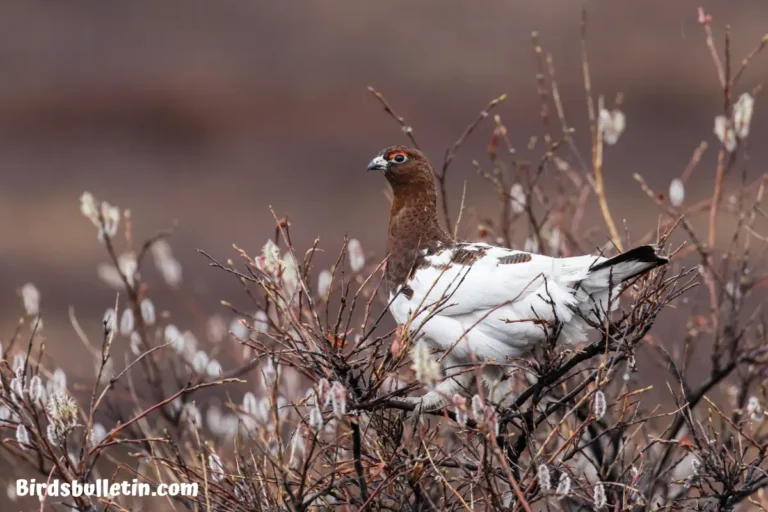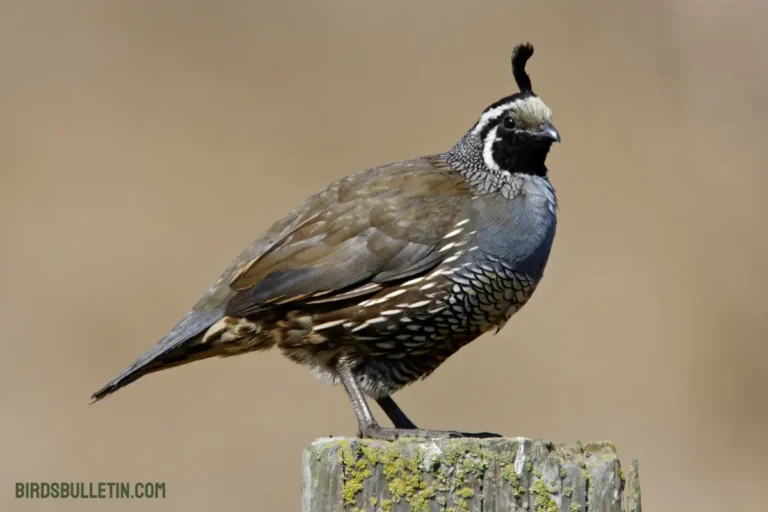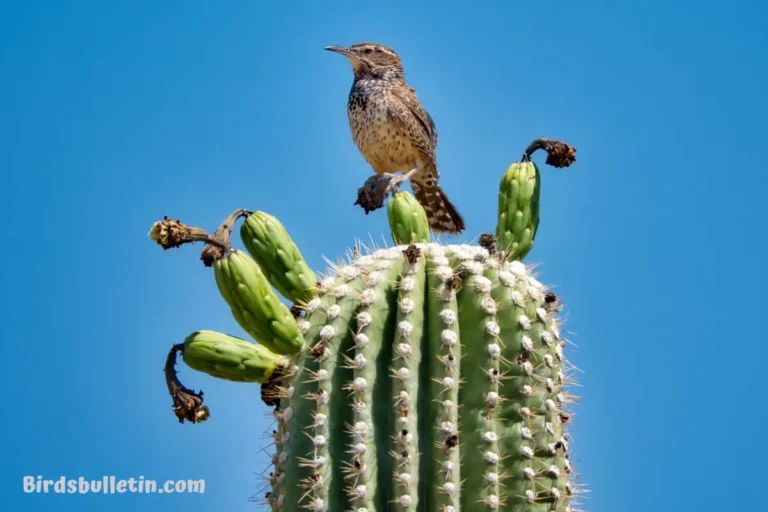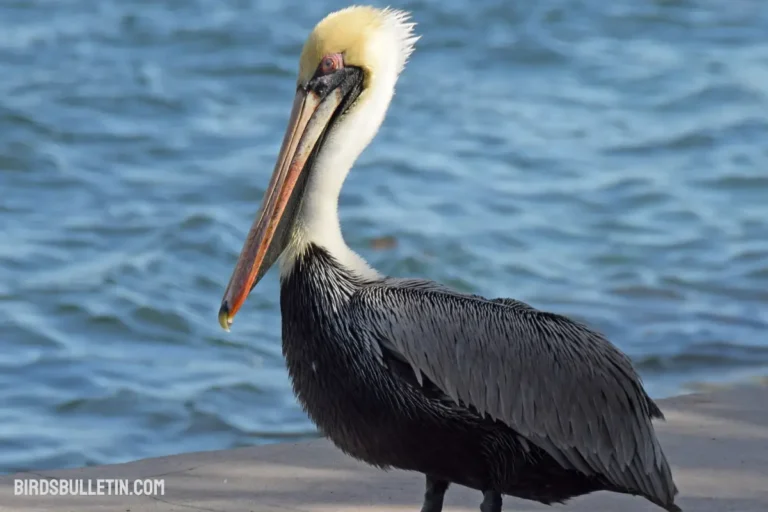Turdus Migratorius Nigrideus (Newfoundland)
The Newfoundland robin (Turdus migratorius nigrideus) is a unique subspecies of the American robin found in eastern Canada.
Slightly darker than its inland relative, this coastal robin breeds across Newfoundland and Quebec before migrating down the Atlantic coast for winter. Let’s take a closer look at this robin population.
Looking for more overview about bird subspecies:
Scientific Classification
- Kingdom: Animalia
- Phylum: Chordata
- Class: Aves
- Order: Passeriformes
- Family: Turdidae
- Genus: Turdus
- Species: T. migratorius
- Subspecies: T. m. nigrideus (Newfoundland Robin)
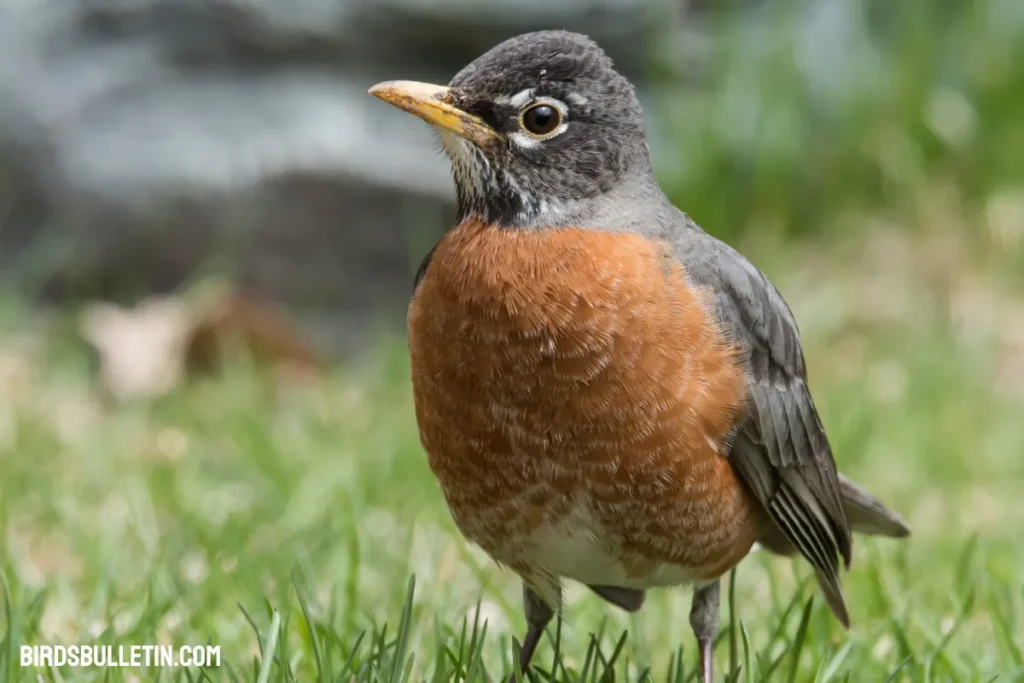
Identification
The Newfoundland robin stands out due to its darker or blackish head and dark gray back, making it distinct from other subspecies. Its underparts are slightly redder compared to the eastern subspecies, adding to its unique appearance.
Location
The Newfoundland robin breeds in coastal northern Quebec, Labrador, and Newfoundland. During winter, it migrates south to southern Newfoundland and extends further south to most of the eastern U.S. states, including southern Louisiana, southern Mississippi, and northern Georgia.
Interesting Facts
- The Newfoundland robin population is estimated at 5.5 million birds.
- Its dark plumage is thought to be an adaptation to the cooler maritime climate.
- This subspecies displays seasonal plumage changes. Breeding birds are very dark while winter birds are paler.
- Their diet consists of invertebrates like snails, mussels, and insects as well as berries.
- They migrate at night in loose flocks along the Atlantic coast.
Status
With a large population, the Newfoundland robin is classified as Least Concern by the IUCN. Coastal habitat loss due to development poses the main threat. Predators include hawks, crows, cats, and raccoons. Further research is needed to understand this unique subspecies.
Conservation of Natural Habitat
Conserving the natural habitats of Newfoundland robins is important for their survival. Protecting the coastal areas of northern Quebec, Labrador, and Newfoundland, along with preserving the southern wintering grounds in the U.S.
Maintaining healthy forests, wetlands, and open spaces in these regions is crucial for providing the necessary food sources and nesting sites for these birds.
Frequently Asked Questions
01. How does the darker coloration of the Newfoundland robin benefit its survival?
The darker coloration of the Newfoundland robin provides better camouflage in the dense vegetation of its breeding areas, helping it blend in and evade potential predators.
02. What is the primary diet of Newfoundland robins?
Similar to other American Robin subspecies, Newfoundland robins primarily feed on insects, earthworms, and fruits. Their diverse diet contributes to their adaptability in various habitats.
03. Are Newfoundland robins found in urban areas?
While Newfoundland robins prefer specific coastal and forested habitats, they can occasionally be found in urban and suburban areas, especially during migration and winter, where suitable food sources are available. However, their primary habitats are in the designated coastal regions and wooded areas.
Summary
The Newfoundland robin, with its distinctive appearance and specific geographic range, adds to the rich biodiversity of North America. Its adaptation to specific habitats and migratory patterns makes it a subject of interest for ornithologists and bird enthusiasts.
While their population remains stable, targeted conservation efforts are essential to ensure their survival amidst changing environmental conditions.


